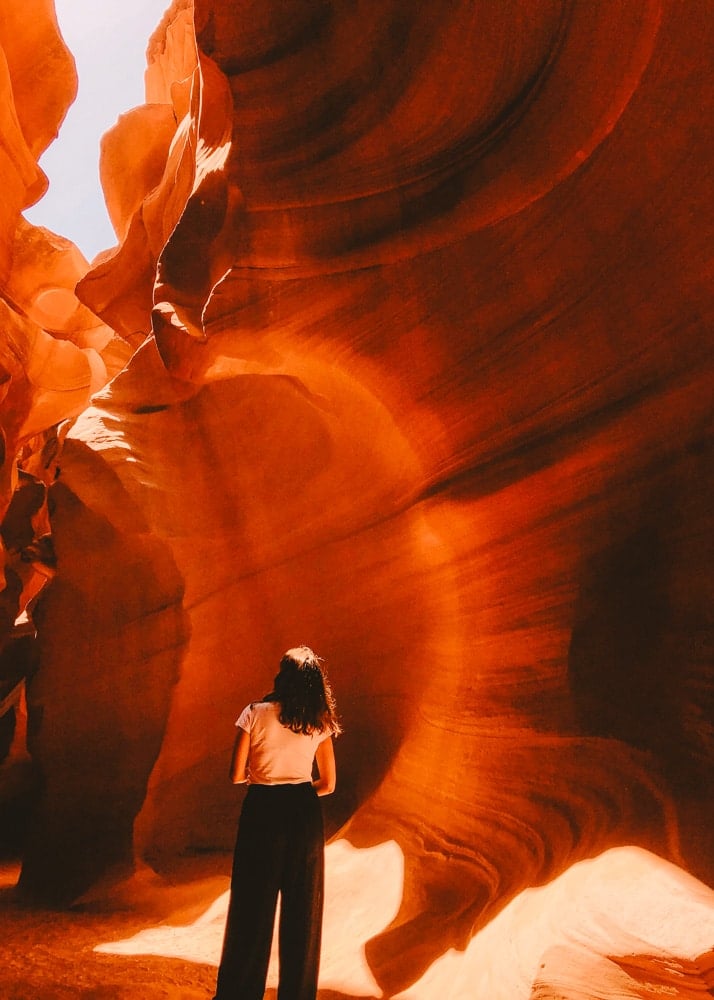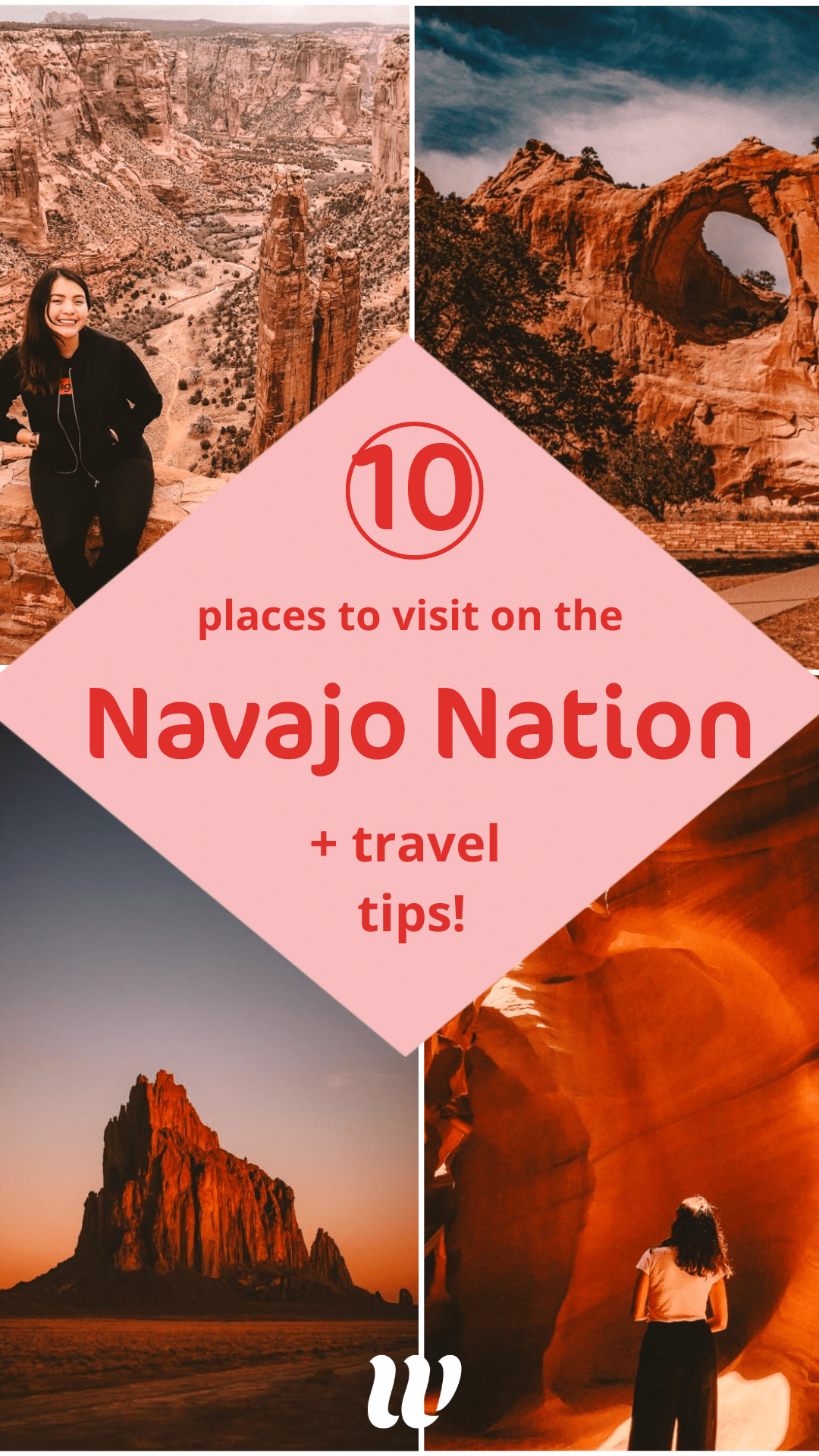
Spring’s Embrace: Unveiling the Best of Navajo Nation
Spring on the Navajo Nation is not merely a season; it is an awakening, a profound transformation of the landscape and a gentle invitation to experience one of America’s most culturally rich and visually stunning regions. While summer draws crowds with its intense heat and winter offers stark beauty, it is the shoulder season of spring—spanning March, April, and May—that often presents the most harmonious blend of agreeable weather, burgeoning natural beauty, and a more intimate connection with the land and its people. This guide delves into why spring is unequivocally the best time to visit Diné Bikéyah, the Navajo homeland, offering insights, tips, and highlights for an unforgettable journey.
The Climate of Comfort: A Desert Rejuvenated
One of the primary reasons spring stands out is its remarkably pleasant weather. Gone are the biting winds and occasional snows of winter, and the scorching, often 100-degree-plus temperatures of summer have yet to arrive.
March typically sees daytime temperatures ranging from the mid-50s to low 60s Fahrenheit (13-18°C), with nights still cool, dipping into the 30s (0-4°C). This month can be a transitional period, with lingering chances of late-season snow or rain, which are often welcome, breathing life into the parched earth. The air is crisp, and the sky often boasts a brilliant, cloud-dappled azure.
April is arguably the sweet spot. Daytime highs generally climb into the 60s and 70s (18-24°C), making outdoor activities exceptionally comfortable. Nights become milder, usually staying above freezing. Precipitation lessens significantly, and the desert truly begins to stir. This is when the first flush of wildflowers might appear, painting the vast landscapes with unexpected bursts of color.

By May, the warmth becomes more consistent, with daytime temperatures frequently reaching the 70s and 80s (24-30°C). While mornings remain cool and invigorating, the sun gains considerable strength, signaling the approach of summer. However, compared to the intense heat of July and August, May still offers a comfortable window for exploration, particularly in the mornings and late afternoons.
Throughout spring, the desert air is typically dry, and the sun, while pleasant, demands respect. Layered clothing is essential, as temperatures can fluctuate dramatically between day and night, and even within a single day, depending on elevation and cloud cover. This moderate climate ensures that visitors can fully immerse themselves in the outdoor wonders without the extremes that characterize other seasons.
Nature’s Spectacle: Wildflowers and Verdant Canyons
Beyond the comfortable temperatures, spring ushers in a breathtaking natural spectacle. The high desert, often perceived as stark and monochrome, undergoes a subtle yet profound transformation. After winter’s dormancy and any early spring rains, the landscape bursts into life.
"The desert floor, often seen as barren, holds a secret garden that only reveals itself in spring," remarks a local guide. "It’s a time of renewal, when the land exhales its beauty."
Wildflowers emerge in a vibrant tapestry. Look for the delicate yellow blooms of the desert marigold, the fiery reds and oranges of Indian paintbrush, the striking purples of various penstemons, and the surprising resilience of cactus flowers. These floral displays are not as widespread or dense as in some other regions, but their scattered presence against the backdrop of red rock and vast skies makes them all the more poignant. Photographers will find endless inspiration in these fleeting moments of color.
In places like Canyon de Chelly National Monument, the canyon floor, fed by snowmelt and spring showers, becomes noticeably greener. The cottonwood trees along the washes begin to bud, their fresh green leaves contrasting beautifully with the ancient sandstone walls. The same holds true for the lesser-known, yet equally stunning, canyons and washes across the Nation. The air, too, feels cleaner, often carrying the subtle scent of sagebrush and damp earth.
A More Intimate Experience: Escaping the Crowds
One of spring’s most significant advantages is the relative tranquility compared to the peak summer season. While popular destinations like Monument Valley and Antelope Canyon still draw visitors, the crowds are generally thinner in March and April. This allows for a more peaceful and personal experience, whether you’re gazing at the Mittens, exploring an ancient cliff dwelling, or simply driving the scenic routes.

May sees an increase in visitors as school holidays approach and summer travel plans begin, but it still offers a noticeable respite from the peak season rush. Fewer people often mean more availability for guided tours, better opportunities to interact with local Navajo guides, and a greater sense of solitude in the vastness of the landscape. This quieter atmosphere fosters a deeper connection to the sacredness of the land and the rich cultural heritage it holds.
Iconic Destinations: Spring’s Unique Perspectives
Spring breathes new life into the Navajo Nation’s most famous landmarks, offering unique perspectives and enhanced experiences.
Monument Valley Navajo Tribal Park: The iconic buttes and mesas are spectacular year-round, but in spring, the crisp air and often dramatic cloud formations enhance photographic opportunities. Early morning and late afternoon light, known as the "golden hour," casts long shadows and bathes the landscape in warm hues, which are particularly striking against a clear spring sky. Jeep tours and horseback rides, led by local Navajo guides, are more comfortable without the intense summer heat.
Canyon de Chelly National Monument: This ancient homeland, with its towering cliff dwellings and verdant canyon floor, truly flourishes in spring. Ranger-led tours into the canyon, or private tours with an authorized Navajo guide, reveal a landscape awakening. The fresh greenery and the sounds of birds returning make the experience even more immersive. Observing Spider Rock, a legendary sandstone spire, against a sky often dotted with wispy spring clouds, is a profound experience.
Antelope Canyon (Upper and Lower): While the famed "light beams" in Upper Antelope Canyon are most prominent during the summer months (roughly May to September, around midday), spring still offers an incredibly beautiful experience. In March and April, the light filtering into the slot canyons is softer, diffused, and creates a mesmerizing play of colors on the sculpted sandstone walls. The absence of intense direct sunlight can bring out a richer palette of oranges, purples, and reds. By late May, the light beams begin to make their appearance more consistently. Booking tours well in advance, regardless of the season, is crucial.
Navajo National Monument: Home to the incredible cliff dwellings of Betatakin and Keet Seel, spring offers ideal hiking conditions for the ranger-led tours to these ancient sites. The cooler temperatures make the treks more enjoyable, and the surrounding pinyon-juniper forest feels alive with new growth.
Window Rock: The capital of the Navajo Nation is home to the Navajo Nation Museum, the Navajo Code Talker Exhibition, and the impressive Window Rock formation itself. Spring is a great time to explore these cultural touchstones, learning about Diné history, art, and resilience without the distraction of extreme weather.
Cultural Immersion: A Time for Connection
While major events like the Navajo Nation Fair occur in the fall, spring offers ample opportunities for cultural immersion through more intimate interactions. Many Navajo artisans, jewelers, and weavers are active throughout the spring, and visiting trading posts or local markets can provide unique opportunities to purchase authentic crafts and engage with the artists.
"Spring is a good time for storytelling, for connecting with the land before the heat sets in," shares a Navajo elder. "It’s a time to reflect on the blessings of the earth."
Visitors are encouraged to seek out authorized Navajo guides for tours. These guides not only provide invaluable insights into the history, geology, and ecology of the land but also share personal stories and perspectives, enriching the experience with authentic cultural context. This respectful engagement is key to understanding the Navajo philosophy of Hózhó—a concept of harmony and balance that permeates all aspects of life and is beautifully reflected in the rejuvenating spirit of spring.
Practical Considerations for a Spring Visit
- Accommodation and Tours: While crowds are lighter, popular tours (especially Antelope Canyon) and accommodations, particularly in gateway towns like Page, Kayenta, and Chinle, can still fill up. Booking well in advance is always recommended.
- Layering: Pack versatile clothing that can be layered. A light jacket, a fleece, long-sleeved shirts, and comfortable hiking pants are essential. Don’t forget a wide-brimmed hat and sunglasses.
- Hydration: The desert air is dry, even in spring. Carry plenty of water, even for short excursions.
- Sun Protection: Sunscreen is a must, as the high desert sun can be intense.
- Respectful Tourism: Always remember you are a guest on sacred land. Stay on marked trails, do not disturb natural or archaeological sites, and always ask permission before photographing individuals. Hiring local Navajo guides not only enhances your trip but also directly supports the local economy.
- Road Conditions: Main roads are generally well-maintained. However, if exploring remote areas, a high-clearance vehicle is advisable, and always check local conditions, especially if there have been recent rains.
In conclusion, spring on the Navajo Nation is a period of unparalleled beauty and comfort. It offers a unique window into the vibrant culture and breathtaking landscapes of Diné Bikéyah, free from the harsh extremes of other seasons. From the comfortable temperatures and burgeoning wildflowers to the lighter crowds and deeper opportunities for cultural connection, spring invites visitors to experience the heart of the Navajo homeland in its most harmonious and welcoming state. It is a journey not just through a landscape, but into a living, breathing culture, leaving an indelible mark on all who visit.


